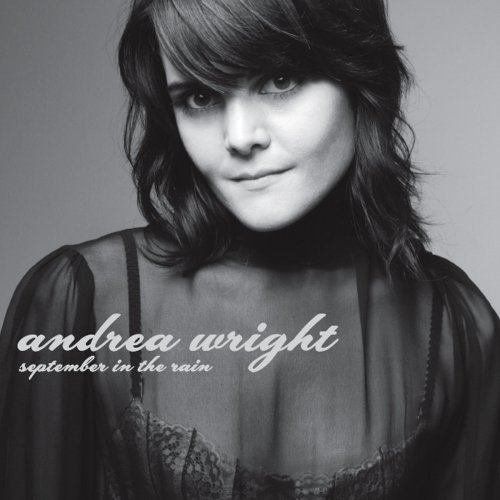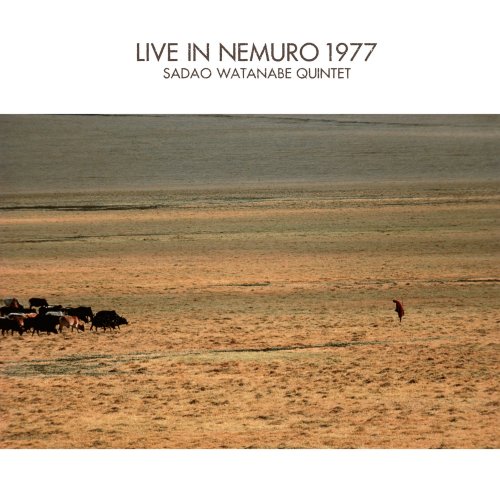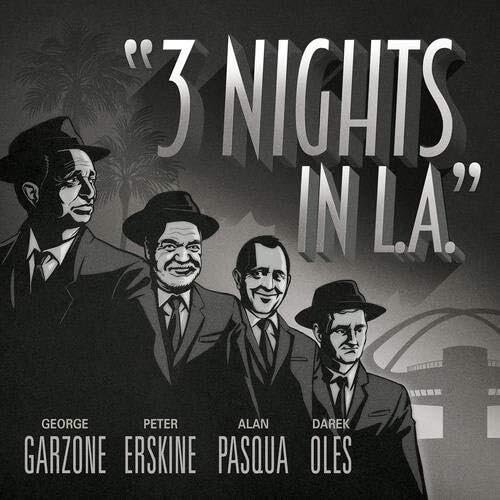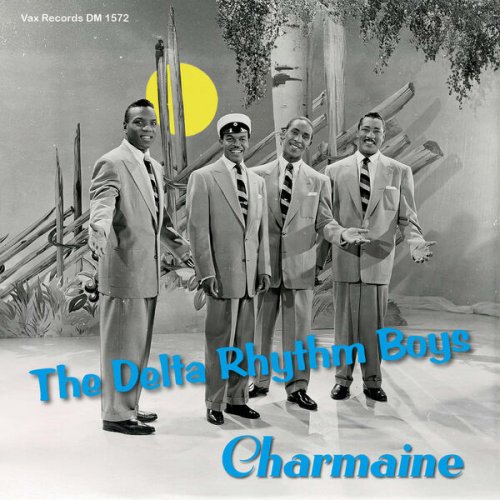Irene Tiberini, Vito Francesco Malerba & Annie Corrado - Biscione, Coggiola, Cara: Trio (Original Trios and Solos for Piano, Clarinet and Cello) (2017)
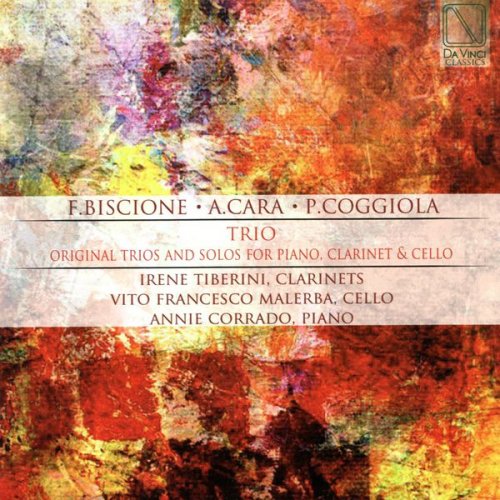
Artist: Irene Tiberini, Vito Francesco Malerba, Annie Corrado
Title: Biscione, Coggiola, Cara: Trio (Original Trios and Solos for Piano, Clarinet and Cello)
Year Of Release: 2017
Label: Da Vinci Classics
Genre: Classical
Quality: FLAC (tracks)
Total Time: 1:01:03
Total Size: 232 MB
WebSite: Album Preview
Tracklist:Title: Biscione, Coggiola, Cara: Trio (Original Trios and Solos for Piano, Clarinet and Cello)
Year Of Release: 2017
Label: Da Vinci Classics
Genre: Classical
Quality: FLAC (tracks)
Total Time: 1:01:03
Total Size: 232 MB
WebSite: Album Preview
1. Irene Tiberini, Vito Francesco Malerba & Annie Corrado – Quattro interludi sottomarini, for Clarinet, Cello and Piano: No. 1, — (03:49)
2. Irene Tiberini, Vito Francesco Malerba & Annie Corrado – Quattro interludi sottomarini, for Clarinet, Cello and Piano: No. 2, — (02:41)
3. Irene Tiberini, Vito Francesco Malerba & Annie Corrado – Quattro interludi sottomarini, for Clarinet, Cello and Piano: No. 3, — (03:39)
4. Irene Tiberini, Vito Francesco Malerba & Annie Corrado – Quattro interludi sottomarini, for Clarinet, Cello and Piano: No. 4, — (03:06)
5. Microsuite for Piano: I. Esitante (01:01)
6. Microsuite for Piano: II. Tempo I (01:31)
7. Microsuite for Piano: III. Spigliato (01:57)
8. Irene Tiberini, Vito Francesco Malerba & Annie Corrado – Piccole contraddizioni, for Clarinet, Cello and Piano: No. 1, — (03:17)
9. Irene Tiberini, Vito Francesco Malerba & Annie Corrado – Piccole contraddizioni, for Clarinet, Cello and Piano: No. 2, — (03:16)
10. Irene Tiberini, Vito Francesco Malerba & Annie Corrado – Piccole contraddizioni, for Clarinet, Cello and Piano: No. 3, — (02:18)
11. Piccola rosa dei venti: No. 1, Tramontana (00:53)
12. Piccola rosa dei venti: No. 2, Bora (00:52)
13. Piccola rosa dei venti: No. 3, Euro (01:04)
14. Piccola rosa dei venti: No. 4, Scirocco (00:53)
15. Piccola rosa dei venti: No. 5, Ostro (00:56)
16. Piccola rosa dei venti: No. 6, Libeccio (01:14)
17. Piccola rosa dei venti: No. 7, Zefiro (01:21)
18. Piccola rosa dei venti: No. 8, Maestrale (01:58)
19. Bop Sonatina for Cello: I. Fast (02:43)
20. Bop Sonatina for Cello: II. Slow (03:17)
21. Bop Sonatina for Cello: III. Straight (02:49)
22. Irene Tiberini, Vito Francesco Malerba & Annie Corrado – Preludio, notturno e finale, for Clarinet, Cello and Piano: I. Moderato (05:36)
23. Irene Tiberini, Vito Francesco Malerba & Annie Corrado – Preludio, notturno e finale, for Clarinet, Cello and Piano: II. Delicatamente (05:47)
24. Irene Tiberini, Vito Francesco Malerba & Annie Corrado – Preludio, notturno e finale, for Clarinet, Cello and Piano: III. Allegro (04:55)
The composers of the works on this CD use the glass and do things with water. They believe that an author does not necessarily have to exercise his will on the elements of language in order to confirm his individuality. They consider the language as a piece of information convention) and act on the objects combining them in the most original way possible, and conforming to their individual personalities as well. They drink water, break the glass, play it, fill it with earth, use it to water a flower pot that miraculously appeared at their side.
The memory of the twentieth-century classicism seems to be the basis of Federico Biscione’s music, even if it never reaches a neoclassical style. The confidence in the continuity (not to be confused with nostalgia) becomes a fluid narrative that emanates a genuine Italian sense of the beauty of the melody and clarity of the presentation, even if it represents more a contrasted classicism than an Apollonian beauty. Alberto Cara’s style does not disdain the musical contamination, but it is very obvious that he does not want to reduce everything to a mere citation. The irony is connatural to his music, always deliberately expressive and open to a dreamlike and paradoxical daily epic story. If Biscione and Cara could be considered neo-humanist composers, the uneasiness and painful condition that can only take shelter in the redeeming dimension of nature is at the center of the almost neo-pagan conception in Paolo Coggiola’s music. His naturalism is far away from the cold musical studies, for example, of the French style. The depth of the abyss or the force of the winds is an impressive screen on which to project the turbulent feeling of a contemporary ego.
The memory of the twentieth-century classicism seems to be the basis of Federico Biscione’s music, even if it never reaches a neoclassical style. The confidence in the continuity (not to be confused with nostalgia) becomes a fluid narrative that emanates a genuine Italian sense of the beauty of the melody and clarity of the presentation, even if it represents more a contrasted classicism than an Apollonian beauty. Alberto Cara’s style does not disdain the musical contamination, but it is very obvious that he does not want to reduce everything to a mere citation. The irony is connatural to his music, always deliberately expressive and open to a dreamlike and paradoxical daily epic story. If Biscione and Cara could be considered neo-humanist composers, the uneasiness and painful condition that can only take shelter in the redeeming dimension of nature is at the center of the almost neo-pagan conception in Paolo Coggiola’s music. His naturalism is far away from the cold musical studies, for example, of the French style. The depth of the abyss or the force of the winds is an impressive screen on which to project the turbulent feeling of a contemporary ego.
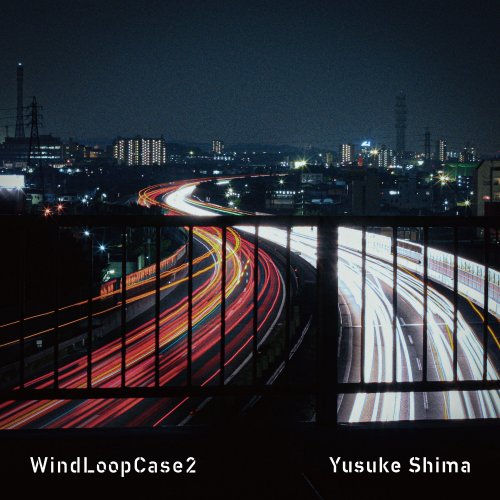

![Tom Cohen - Embraceable Brazil (2025) [Hi-Res] Tom Cohen - Embraceable Brazil (2025) [Hi-Res]](https://img.israbox.com/img/2025-12/18/vgt0kbsml69jbixcu67jkruae.jpg)
